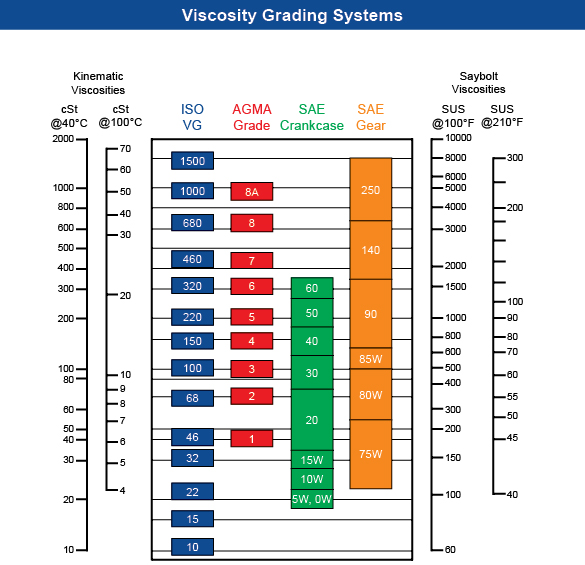
In my view, this is a very poor classification scheme. Most of the time, this viscosity is reported as the oils’ “weight”. Oils are classified in families of viscosity. This consideration for VI is important and can be confusing when, for example, buying two oils of the same viscosity classification. Mineral oils have VIs below 100, PAO synthetic oils around 150, while high-oleic canola oil has a VI of 220. High performing suspension oils sometimes have Vis in the range 300-400. Most lubricants, food grade or not, are based on mineral or synthetic oils of specific viscositiesĪ viscosity index below 100 is considered low, while a VI higher than 200 is considered very high. You do not want your oil to seize at low temperatures but also not to lose all viscosity at higher temperatures. The key characteristic of a high VI oil is its ability to withstand decreases in viscosity as a function of increasing temperature. The viscosity index of an oil refers to the difference in viscosity between 40 oC and 100 oC. Polymerisation of this alpha-olefin results in the formation of synthetic oils of different viscosities and with added benefit of higher viscosity index than mineral oils. The most common monomer used in synthetic oil manufacture is alpha-olefin, a six-carbon primary alkene. Synthetic oils are usually of higher purity and offer thus a higher performance. Most lubricants, food grade or not, are based on mineral or synthetic oils of specific viscosities. This would lead to a catastrophic failure of the machine’s moving parts. If the moving metal surfaces come too close, metal-to-metal contact will lead to surface damage (scarring), and if the heat becomes high enough, surfaces can melt and fuse. We work to lower costs and increase productivity for all of our clients, offering competitive pricing for OEM designs and applications.The main functions of a lubricant are to decrease the friction coefficient between moving surfaces, thus improving on machine performance with smaller energy inputs, as well as to help dissipate frictional heat. Need help choosing the right solution for your application? Let SMD Fluid Controls help. There are no moving parts and the option works well because it can measure the presence or absence of many different types of liquid. With optical switches, measurement is done using a laser wave or forward light scattering and a probe. The best option for high viscosity liquids is to opt for non-contact options like optical or ultrasonic level sensors for accurately measuring liquid levels.Īcoustic waves emitted by ultrasonic liquid level sensors and the measuring of the echo returned, make it possible to know liquid levels without ever having to physically touch the matter – eliminating the risks mentioned earlier. The Solution: Optical or Ultrasonic Level Sensors Keep in mind too that temperature conditions can change viscosity levels so be sure you’re selecting a solution that is most compatible with your specific application. Problems including the float getting stuck or even damaging the pressure ports are all possible. When trying to get an accurate measurement you cannot use the same float switches or liquid levels in every situation. To give you a better idea of different viscosity levels or centipoise (cP) measures, water measures at 0.894 cP, castor oil at 650 cP and ketchup at 50,000 – 100,000 cP.Īs you can see the “thickness” plays a major role in how freely these different fluids can flow. Viscosity is used to describe how thick a substance is and defines its ability to change shape under stress or tension. Is it corrosive? Thick? Hot? These elements can affect how measurements are taken.įor this post, we’ll be focusing on viscosity and how highly viscous (thick) liquids (think oil, paint, molasses) present a unique challenge for measuring. There are, however, some factors to take into account when selecting the proper level sensor or float switch – one of the most important being the type of liquid being measured.

Regardless of the application, their ability to measure and identify the presence or absence of a liquid in a vessel is critical. Measuring fluids, and doing so with precision is exactly what float switches and level sensors were created to do.


 0 kommentar(er)
0 kommentar(er)
